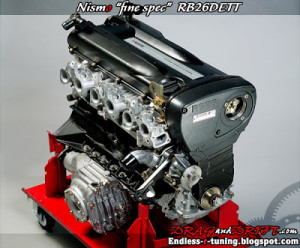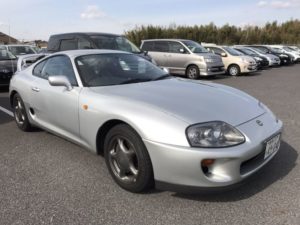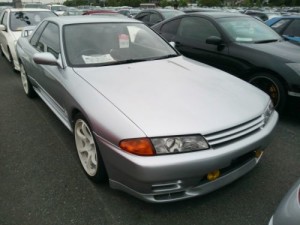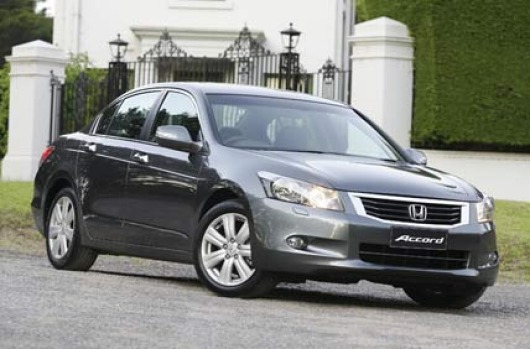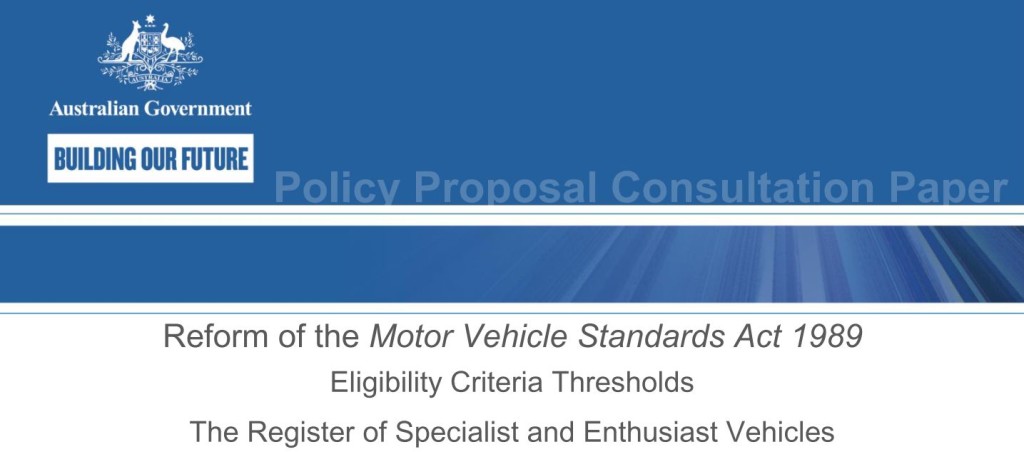
The Australian Government is now considering the detailed thresholds against which vehicles will be assessed under the revised Specialist and Enthusiast Vehicle Scheme (SEVS 2018).
Feedback on the proposed thresholds is welcomed by COB Monday 31 October 2016 to MVSAreview@infrastructure.gov.au
The following update summarises information provided by the MVSA Review Taskforce on 11 Oct 2016. This relates to the SEVS component of the regulation changes, read more about the proposed 25 Year Rule and Import of New Cars here.
The reforms to the Motor Vehicle Standards Act 1989 announced by the Australian Government on 10 February 2016, included changes to the processes for determining eligibility for concessional importation of specialist and enthusiast vehicles — with the intent to more closely align eligible vehicles with genuine specialist and enthusiast demand.
The NEW Eligibility Criteria under SEVS 2018
To be eligible for import under the revised SEVS expected in 2018, the vehicle type (make, model or variant) must not be available in Australia under a (full volume) type approval.
That means — it must not have been sold as a new vehicle in Australia, in full volume. ie. the same situation as the existing SEVS.
Assessment will then be made as to whether the vehicle meets ONE of the following SEVS criteria with their proposed thresholds.
Performance Vehicles
– high performance vehicles with engine performance specifications significantly superior to mainstream vehicles in Australia
Noting the steady increase in reported vehicle power over time, it is proposed that a vehicle is required to satisfy a graduated threshold formula, based on vehicle age and a corresponding power to weight ratio – measured in Kilowatts per Tonne (kW/T).
-
For vehicles manufactured in 1992 (base year of manufacture), the proposed power to weight ratio is 120kW/T.
-
For each year of manufacture post 1992, the power to weight ratio increases by 1 kW/T.
Environmental Performance Vehicles
– vehicles that offer environmental performance significantly superior to mainstream vehicles in Australia (e.g. hybrid and electric vehicles)
Eligible vehicles will be those originally designed and manufactured to use an alternate means of propulsion to internal combustion of gas or oil either exclusively, or in addition to an internal combustion engine.
Mobility Vehicles
– vehicles originally manufactured with special features to assist people with a disability (e.g. Welfare access and wheelchair “sloper” type vehicles)
Any vehicle originally manufactured or fitted from the factory with specialist mobility features, such as:
-
Built in ramps for wheelchair access; or
-
Seating specifically designed to lift a person from an accessible position outside the vehicle into a standard seating position (‘lift up and out’ seat(s)); or
-
One or more portable wheelchair car seats.
Rare vehicles
– vehicles of which only small quantities have been produced
One of the following volume thresholds (based on total worldwide production, as averaged over the production period) to be satisfied:
-
‘Make’ — less than 1500 per year; or
-
‘Model’ — less than 500 per year; or
-
‘Variant’ — less than 50.
Left hand drive vehicles
– vehicles originally manufactured as left-hand drive, of which right hand drive versions are not available in another country
-
Restricted to MA and MC (passenger vehicles) and NA and NB (light and medium commercial vehicles); and
-
LHD vehicles must be converted to RHD when imported and complied under SEVS.

